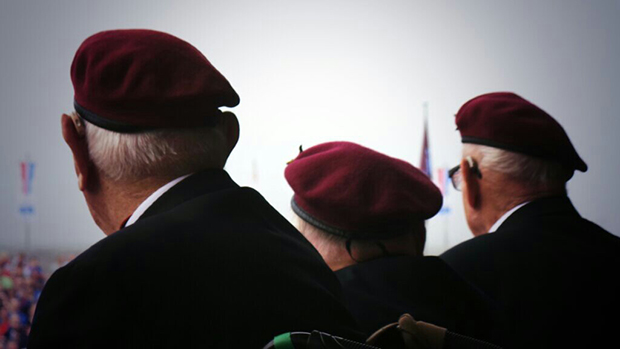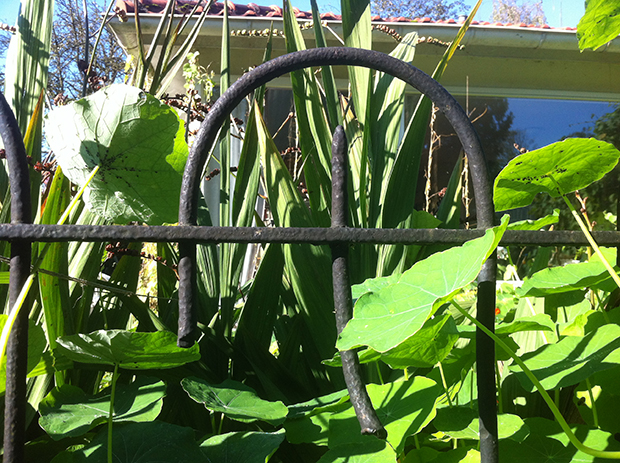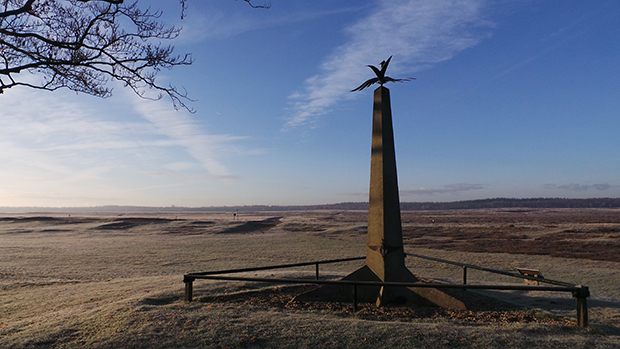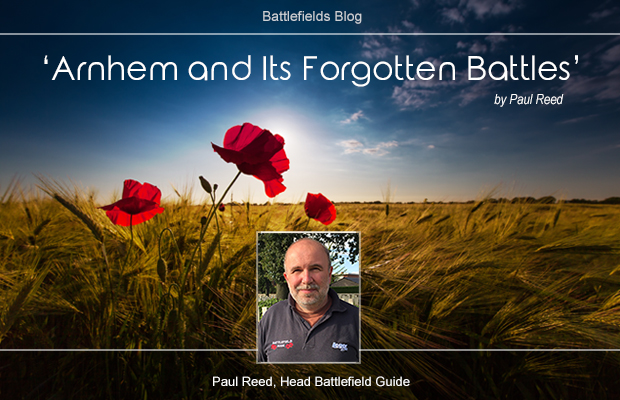This month marks the annual commemoration of Operation Market Garden, a battle fought in Holland in September 1944.
And, normally associated in most people’s mind with the Dutch city of Arnhem, where the Airborne forces battled on bravely for nine days until it was clear the ground troops would never reach them, and just over 2,000 out of 10,000 men who were dropped on Arnhem got away over the Lower Rhine, either swimming through the rapid currents or evacuated in assault boats.
But what is the Battle of Arnhem? What is it about this aspect of Operation Market Garden we should remember and are there some forgotten battles of Arnhem during the Second World War?

Anyone of my generation, born in the 1960s, grew up on a diet of Airfix kits, battle action comics and war movies. One of the defining war films for me was always A Bridge Too Far and I went to see it countless times at our local cinema.
From an Arnhem point of view the focus is on the bridge, the final of the road bridges that need to be reached by the ground troops of XXX Corps to allow Operation Market Garden to be a success.

But, is Arnhem just about the bridge? John Frost and his party of Airborne troops, which defended the bridge, went beyond the call of duty in holding on. But, the bigger battle, and the often forgotten one was that to the west of Arnhem, in Oosterbeek.
Walking round Oosterbeek today, it is a quiet suburb just as it was on the eve of WW2. There are some nice houses and clearly some wealthy people live here.
Go back more than 70 years, and this was the real Arnhem battleground. Bitter hand-to-hand fighting took place in gardens where children play, grenades tore apart front rooms now full of books and music, but you don’t have to look far to find railings bent by shrapnel or bullet nicks in the brickwork.

Here, in some respects, was the real Battle of Arnhem: urban warfare in and around the Oosterbeek perimeter, the place where most Arnhem veterans fought and where most of the casualties in the battle occurred.
Walking just beyond the Oosterbeek Perimeter you cross a railway bridge and follow a tree lined road to what many call the Airborne Cemetery.

More than 1,700 British and Commonwealth soldiers lie here, in a quiet glade, the majority of them the ‘Airborne carpet’, men of 1st Airborne Division who guard the dropzones for ever more. But, to the rear are other graves, from the final and perhaps most forgotten Battle of Arnhem: the one from April 1945 when Canadians supported by British troops liberated this part of the Netherlands.
This was the moment of victory and among the blood and sacrifice of Arnhem Bridge, it should never be forgotten and no trip to the battlefields here is really complete without following in the footsteps of all those men of Arnhem who passed this way in the last year of the war.

[divider]
Never miss a post from Paul. Sign up to receive alerts.
Paul Reed, our Head Battlefield Guide, will publish regular blogs including personal stories, new tour updates and plenty of interesting and factual information about the Battlefields of Europe and beyond. Sign up below and receive email alerts keeping you up to date with Paul’s blogs.
[divider]


My uncle died in Arnhem. I’m to young to remember him My family have nothing more than gratitude to the family who are assigned to care for our soldiers graves
Arnhem bridge was no objective of the ground troops. Their objective was to form a bridgehead between Arnhem and the IJsselmeer. Battle in and near Arnhem lasted for two days and in Oosterbeek for a week. This is well-known in The Netherlands. In april 1945 Arnhem and area until Wageningen and Ede was cleared bij the British 49th (West Riding) Infantry Division (Polar Bears) and Canadians.
Was always one of my favourite films also, now I understand a bit more of the story around it. Feel a visit coming on
My father fought at Arnhem and I appreciate very much having attended the anniversary with him a few years ago. The ex soldiers were treated like royalty by the present day Dutch despite as my father put it, the battle being a failure and the Germans retaliating against the inhabitants afterwards. He was barely 20, responsible for a troop of men, was incredibly brave (his achievements appear in John Fairley’s Remember Arnhem) and he never forgot the horrors of it even until he died four years ago. Rest in peace all brave soldiers of Arnhem.